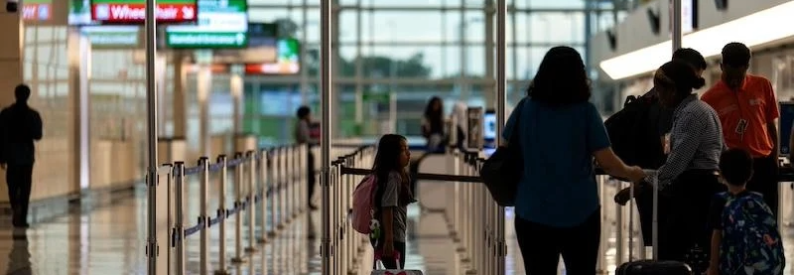TSA Eyes Easier Screening with Tech and Family Lanes

The U.S. Transportation Security Administration (TSA) is actively evaluating new security screening technologies that could lead to reduced requirements for air travelers at checkpoints. This includes potentially eliminating rules such as removing liquids and electronics from carry-on bags, marking a major shift in airport screening processes aimed at easing passenger stress and speeding up throughput.
On July 8, TSA officially ended the long-standing requirement for passengers to remove their shoes at security checkpoints—a move seen as the first step toward broader reforms. Speaking at a July 17 press conference at Nashville International Airport (BNA), U.S. Homeland Security Secretary Kristi Noem said that further changes are being explored. “The next ones that we’ll be evaluating is what it requires [to change rules] for the liquids, for removing electronics,” she said. Noem noted that her ultimate vision is for passengers to be able to walk through security and head straight to their gate without delay.
Advanced screening technology is central to achieving that goal. TSA currently enforces strict guidelines for liquids, requiring passengers to place travel-sized containers no larger than 3.4 ounces into quart-sized bags. These items must be removed during the security process, which contributes to delays and congestion at checkpoints. The U.K. is already ahead in this area, with Birmingham and Edinburgh airports allowing passengers to bring two-liter containers of liquids through checkpoints using advanced CT scanners.
In addition to exploring technology improvements, TSA is also rolling out new family-dedicated security lanes nationwide. Noem announced that the new initiative, aimed at making air travel less stressful for families with young children, will offer a faster, less invasive screening process. Following successful testing at Orlando International Airport, these expedited lanes have already launched at Charlotte Douglas International Airport and are being introduced at John Wayne Orange County Airport and Daniel K. Inouye International Airport in Honolulu.
More airports will implement family-dedicated lanes soon, including Charleston International, Jacksonville International, Tampa International, Rhode Island T. F. Green International, and Luis Muñoz Marín International in San Juan. The TSA says additional airports will be added in the coming months.
Noem emphasized that screening children through standard TSA lanes has been “cumbersome and time-consuming,” and that the new system will aim to limit invasive procedures, especially pat-downs, which have been a source of concern for many parents. “We’ll be focusing on making sure that activity is as limited as it possibly can be,” she said.
Together, these initiatives reflect a broader TSA strategy to modernize the U.S. airport security experience, with a dual focus on technological innovation and traveler-centric policies. The agency’s efforts signal a future where air travel is not only safer but also faster, more efficient, and more considerate of passenger comfort and privacy.
Related News: https://airguide.info/category/air-travel-business/airline-finance/
